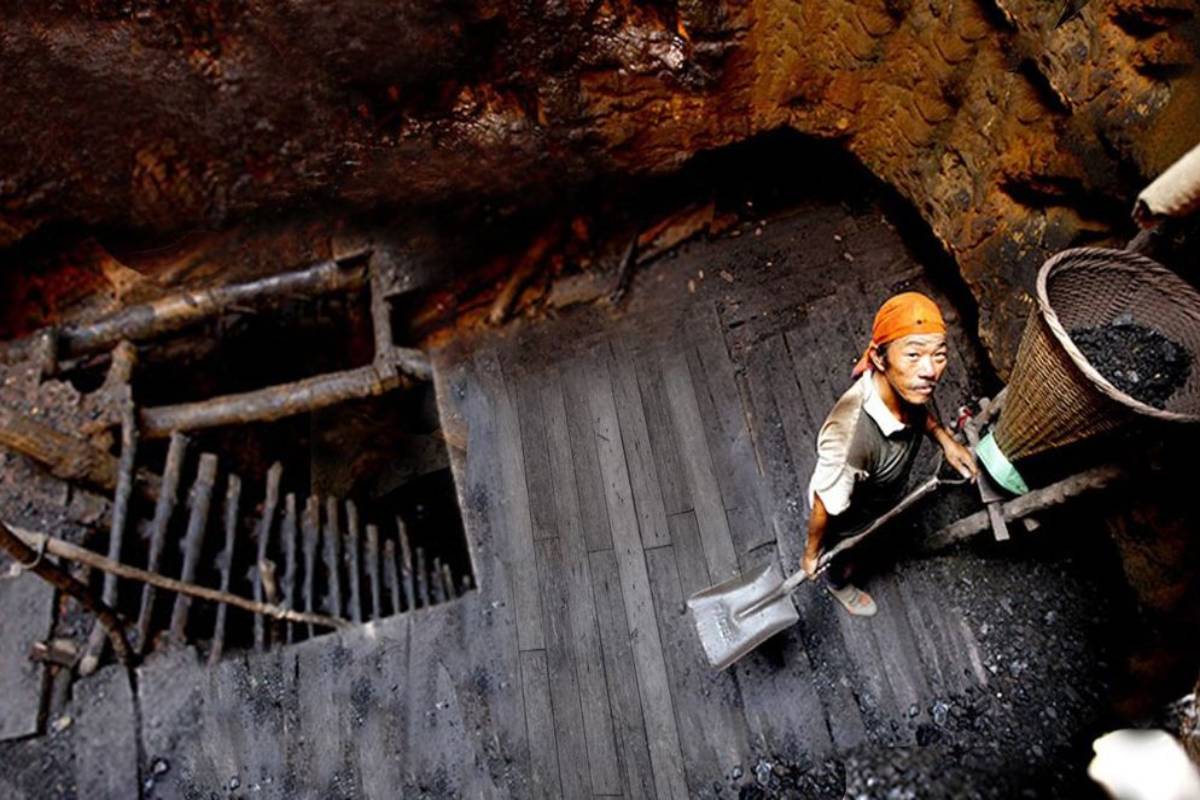Logistics firm Shiprocket reports Rs 595 crore net loss in FY24
Logistics and supply chain company Shiprocket has reported Rs 595 crore net loss in the fiscal 2024, a 75 per cent increase from Rs 340 crore loss in FY23.
Over the past few years, Coal CPSEs has been over achieving the CAPEX Target.

Meghalaya district's fresh order bans rat hole coal mining
Coal PSUs have achieved 95.83% target of capital expenditure (CAPEX) for the financial year 2023-24.
As of January 2024, an amount of Rs 20,153 crore has been achieved, marking 95.83% progress towards the annual goal, the Ministry of Coal said in a statement. Notably, the Ministry of Coal’s Capex target for 2023-24 is 21,030 Crore.
Over the past few years, Coal CPSEs has been over achieving the CAPEX Target. In FY 21-22, CIL & NLCIL had achieved 104.88% & 123.33% respectively of their target. Similar performance was repeated in FY 2022-23 where both Coal CPSEs achieved around 113% of its target.
Advertisement
As we navigate through the current fiscal year of 2023-24, both CIL and NLCIL are on track to exceed their CAPEX targets yet again, the ministry of coal said.
With major CAPEX investments materializing in the last two months of the fiscal year, it is anticipated that both CIL and NLCIL will exceed their annual CAPEX targets, further bolstering India’s economic growth trajectory.
CAPEX is one of the crucial parts of the economic dynamics, which has a multiplier and trickle-down impact on the overall economy boosting consumption, demand and spurs industrial growth, creates employment and long-lasting infrastructure from which durable benefits accrue to the country over a long period of time.
Recently the Ministry of Coal has announced that for the month of December, the National Coal Index has shown a significant decline of 4.75% at 155.44 points compared to December 2022, where it was at 163.19 points.
This notable decrease indicates sufficient availability of coal in market to meet the growing demands, it had said.
The National Coal Index (NCI) is a price index that combines coal prices from all sales channels, viz. Notified Prices, Auction Prices, and Import Prices. It considers prices of coking and non-coking coal of various grades transacted in the regulated (power and fertilizer) and non-regulated sectors.
Advertisement